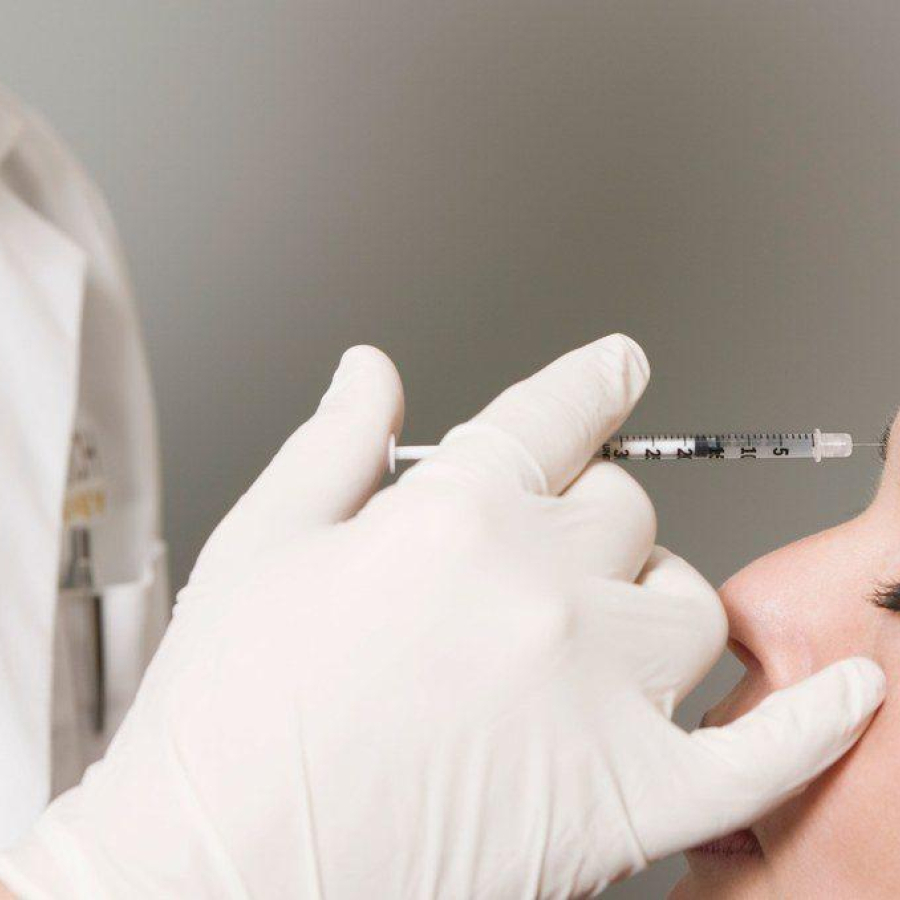
Legal
Second California Law That Affects MSOs Passes
California has now passed two laws that will have an effect on how investors, health care entities and management services ...
Posted By Madilyn Moeller, Wednesday, July 26, 2023

By Patrick O’Brien, JD
Update: Since this article was originally written, a number of states—including Colorado, Illinois, Iowa and Arizona—have passed legislation that works at reducing practice restrictions on PAs. Notably, Montana passed a law in the Spring that is an example of the third type discussed below. It allows PAs to initially be overseen by either physicians or senior PAs, and once a PA has completed this period of collaborative practice, they no longer need to work under a written agreement or have a formal supervisory relationship. You can read about these laws by following AmSpa's 2023 legislative session tracking page.
The fall 2022 issue of QP included an article that featured a discussion about some of the general trends toward greater autonomy and independence for physician assistants (PA) and nurse practitioners (NP). At the time, it was NPs who were enjoying legislative victories that had been achieved in the past couple of years in numerous states. PAs, on the other hand, had only seen relatively modest gains, with a few major victories.
However, this year feels like it may include major breakthroughs for PAs; more than 20 states are considering bills that would greatly increase the autonomy of PAs practicing within their borders. While there is no guarantee that a bill will actually be passed by lawmakers, the large number of states considering these measures makes it likely that at least some of them will become law. Here’s a brief survey of the sorts of changes that are being considered and what their impact might be.
The “normal” or baseline state of practice for PAs is to have a written supervision agreement with one or more physicians. Typically, these agreements outline what procedures the PA can perform and what medications they can prescribe. Additionally, a regular method of review, evaluation or meetings with the physician must be laid out. States differ on how frequent these must be, ranging from weekly to monthly to a routine developed by the physician.
These oversight requirements can end up requiring substantial time and effort by both the PA and the physician to be compliant. This time spent meeting, reviewing and discussing is time that can’t be spent treating patients or developing and honing skills. The general thrust of this year’s PA-related legislation has been to generally reduce this burden. The methods these bills use vary, but generally fall into three categories:
By far the most common type of bill involves reducing the requirements of the physician/PA written agreement and supervision. These bills typically keep the nature of the relationship intact—the physician is still responsible for monitoring and overseeing the PA—but the specific duties and details are easier to comply with.
For example, Indiana is considering a bill that perfectly exemplifies this type of change. The bill would do away with most of the specific supervision requirements; instead, it would require the PA and physician to have a practice agreement that only needs to outline the method that the PA and physician use to collaborate on patient care. If passed, the burden of staying in compliance would be greatly reduced, even though the general structure of oversight is kept in place.
The second group is characterized by doing away with the one-to-one supervisor/supervisee relationship but still requiring the PA to work in concert with physicians in some way. As an example, Arizona has a bill that, as of this writing, has passed the house and in now in the senate. It maintains the written supervision agreement that specifies the scope of practice and what may be prescribed but recommends a big change that would take place for PAs with more than 8,000 hours of clinical practice. Once the PA has achieved that practice requirement, they no longer need a written supervision agreement; instead, they must practice in collaboration with the health care professionals at the PA’s employer. (Employers, in this case, include physician’s practices, physician group practices or health care institutions.) So, while the PA is not entirely independent in this case, they do have broad autonomy with their employment and face a greatly reduced oversight requirement.
The third type of bill both does away with the supervisory relationship and does not add a practice setting restriction. These bills would have the effect of making PAs independent and able to own their own practices. This is exemplified by a Tennessee effort that, if passed, would do away with the need for a physician supervisory once the PA has practiced for 6,000 hours. After this level of experience is passed, the PA would be able to practice independently in their own practice, if they so choose. These bills tend to be relatively rare and seldom seem to advance far in the legislative process. This could be due to the historic role of PAs as assistants to physicians or that the two licensees commonly share the same regulatory boards. By comparison, NPs didn’t really face either of these conditions as practice independence for them was gaining traction.
A fourth type of bill that has been introduced wouldn’t have a material impact on PA practice but could help pave the way for future changes. In 2021, the American Academy of PAs adopted a resolution changing the “A” in “PA” from “assistant” to “associate.” The stated idea behind this change is that “associate” better reflects the high level of training and education and the broad scope of practice of PAs. The catch is that PAs get their titles from the state licenses they receive, and these titles uniformly remain “assistant.”
This year, several states have introduced legislation that would make the change to “associate” official for the state, making these practitioners legally “physician associates.” These bills don’t affect the actual practice of the PA at all; they would still be subject to the same rules as before. However, it’s possible that the change in terminology might make it easier for lawmakers to accept other forms of PA independence in the future. After all, an “assistant,” by definition, assists a superior, but an “associate” can be a peer or colleague.
None of these bills have passed yet, and if they do, little will change for PAs, but they could signal bigger changes, so this trend is one to keep an eye on.
As of this writing, none of the bills in any of these categories have become law, but they represent the possibility of change. If PAs end up following a path similar to NPs, the changes may initially be small and infrequent, with more and bigger advances as the movement gains traction. The trend is heading steadily toward more independence and appears to be building steam.
If you want to track some of these efforts, AmSpa maintains a webpage where it provides more details on pertinent bills at www.americanmedspa.org/legal-updates.
Patrick O’Brien, JD, grew up in West Texas loving the outdoors and scouting, earning the rank of Eagle Scout. After attending Southwestern University, he worked in margin trading with a major investment brokerage. He returned to school and earned a law degree from Southern Methodist University. He brings his legal training and business acumen to AmSpa to help members keep up with legislative changes.
AmSpa Members receive QP every quarter. Learn how to become a member and make your med spa the next aesthetic success story.
Related Tags
Medical spa news, blogs and updates sent directly to your inbox.

Legal
California has now passed two laws that will have an effect on how investors, health care entities and management services ...

Legal
A newly passed law in California will prohibit certain contractual provisions between medical and dental practices and private equity groups ...

Legal
By Patrick O'Brien, General Counsel, American Med Spa Association (AmSpa)The September bulletin from the Texas Medical Board (TMB) helps to ...

Legal
By Patrick O’Brien, General Counsel, American Med Spa AssociationOn September 23, 2025, the Alabama Board of Medical Examiners (BME) issued ...